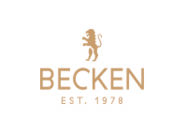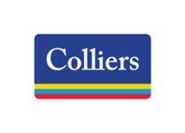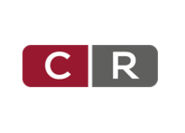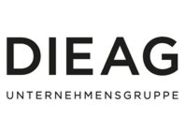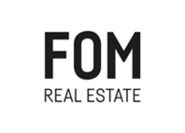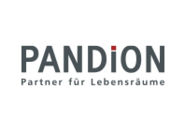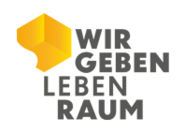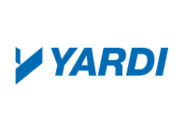Opportunities in German top 50 cities
"Germany is still the anchor of European economy"
Interview with Ben Lehrecke, Managing Director, Round Hill Capital. Ben is attending Deutsche GRI 2016 co-charing the discussion on Student and Micro Apartments and has given us his thought on the state of the German Real Estate market and the issues in the next year.
German Real Estate still seems a treat for foreign buyers, especially in the big 7, whereas German investors venture out. Where do you see the potential in the next 12 months?
German Investors have been venturing out for decades (open-ended funds, closed-ended funds). Actually, German institutional investors are re-focussing on German key cities with direct and indirect investments in core office, retail, and residential. They are showing interest logistics and eclectic investments such as student housing. Internationals see Germany as one of the stabilizing anchors of European economy despite recent fragile trade business outlook and Asylum Seeker Crisis.
I see potential in value-add investments such as upgrading of existing inner-city properties in top regional hubs including Top 7, but also top 50 such as Freiburg and Essen.
How significant are the issues associated with the high level of immigration we have seen last year?
Very serious. It is a substantial distraction of government and private household resources that may culminate in political unrest. However, there will be a longer-term available increase of labourers, if continuously trained and integrated they will support the economic growth prospect for an aging German population.
We have become used to a low interest rate environment, benefitting investors. Are lenders prudent enough to prevent a bubble? Is the lending landscape in a healthy state?
So far, according to BerlinHyp, lenders have been curtailed by regulation and prudent themselves to prevent a bubble. The lending landscape is in a healthy state. Many players have sufficient equity, but obvious arbitrage investment opportunities such as NPLs have disappeared. We are at the beginning of a building cycle with drastic increase in buildable land prices in Top 7 cities resulting in high required min prices for finish product, in particular: residential condominiums. Once interest rates rise, refinancing may not be affordable to some buyers.
There is the lack of core products compared to non-core. Is more “new” development needed and where? How much risk do Investors accept?
Key question for 2016. Our industry need to create more “core” product, leasing up secondary office space. Core investors must be patient. Once core investors are buying speculative new developments (last seen in 1999-2001) based on limited developer rent guarantees or pure location, the bubble will be back.
Where do you see opportunities and what are you specifically looking for?
We are looking for opportunities in Germany that can be grown to pan-European platforms in the “night-and-daytime shelter” space including modern living and working properties.
You have been part of GRI many times. What’s in it for you?
Exchange of recipes for success. Great regular networking.
Deutsche GRI 2016
Die Nutzungsrechte wurden The Property Post zur Verfügung gestellt von Global Real Estate Institute
Erstveröffentlichung: Deutsche GRI, Februar 2016








